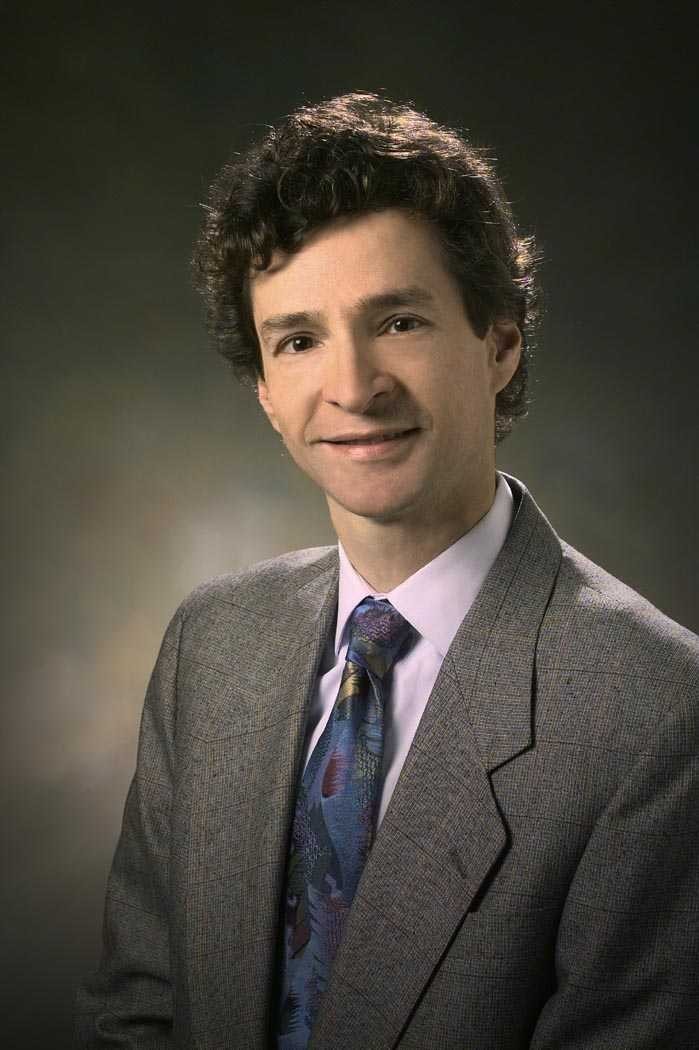System Maintenance occurs every Friday.
You've seen the headlines: "Global Energy Demand Expected to Soar by 2030." "Escalating Oil Prices Threaten Economic Recovery." According to the US Department of Energy, the demand for energy in the United States alone will swell by 32% by the year 20201, and the Energy Information Administration projects a 44% increase in world oil consumption by 20302. Solar power -- the clean, renewable energy source of the future -- is becoming more and more crucial to our economic and environmental welfare.
Since the 1970s, stunning breakthroughs in photovoltaic technology have made clean, light-generated electricity more feasible and economical. As many companies rapidly introduce new technologies to harness solar power, tracking developments -- let alone understanding them -- can be daunting. Semitracks' 1-day Photovoltaics Technology and Manufacturing course analyzes and distills the most important aspects of this complex technology.
$695
Add To Shopping Cart
Please note: If you or your company plan to pay by wire transfer, you will be charged a wire transfer fee of USD 45.00.
Please email the printable registration form for public courses to us at the email address on the form to complete your order.
If you have any questions concerning this course, please contact us at info@semitracks.com.
If a course is canceled, refunds are limited to course registration fees. Registration within 21 days of the course is subject to $100 surcharge.
The course covers silicon semiconductor photovoltaics technology and fabrication processes through twelve major topic areas, listed below.
In addition, course notes will be provided which offer hundreds of pages of reference material that the participant can apply during his daily activities.
The courses are necessary for every manager, engineer, and technician entering the photovoltaic field, whether they are working directly for a photovoltaic manufacturer or system integrator or selling to PV manufacturers.
Our courses are dynamic. We use a combination of instruction by lecture, problem solving, and question/answer sessions to give you the tools you need to excel in the photovoltaics industry. From the very first moments of the seminar until the last sentence of the training, the driving instructional factor is application. The course notes offer hundreds of pages of reference material that the participants can apply during their daily activities.
Our instructors are internationally recognized experts. Our instructors have years of current and relevant experience in their fields. They're focused on answering your questions and teaching you what you need to know.

Douglas Ruby is a consultant to the Photovoltaics Industry. He has initiated and successfully conducted direct industry joint experiments with most major US Si solar cell manufacturers, resulting in numerous publications and several process improvements adopted by industry into manufacturing production lines. Doug received a Bachelor of Science in Physics from MIT and an M.S. and Ph.D. in Physics from the University of Illinois.
Doug worked for Sandia National Laboratories in Albuquerque, New Mexico for over 22 years. He served as the Team Leader of PV Cell Development Team and $2M/year semiconductor fabrication facility. He directed 7 team members, authored the annual operating plan, and directed all PV cell research projects. Doug also served as the Director of the Crystalline Silicon Research Cooperative, a government/industry consortium for mutually beneficial research consisting of representatives from the entire US Si-PV manufacturing and research communities. He functioned as a contract monitor and advisor for several R & D contracts in the DOE Concentrator Initiative Program from 1990 to 1993, and was closely involved with and provided technical feedback to manufacturers developing Concentrator Photovoltaics systems.
Doug has served as an area chairman of the IEEE PV Specialists Conference in Silicon Cell Processing and has authored and co-authored numerous technical papers on photovoltaic technologies.